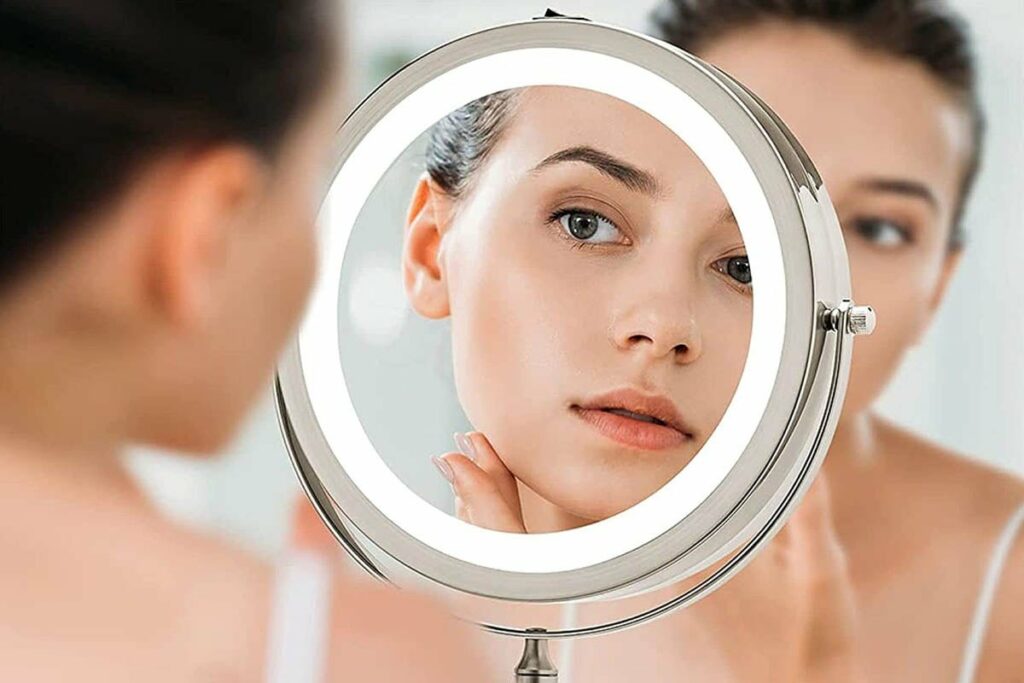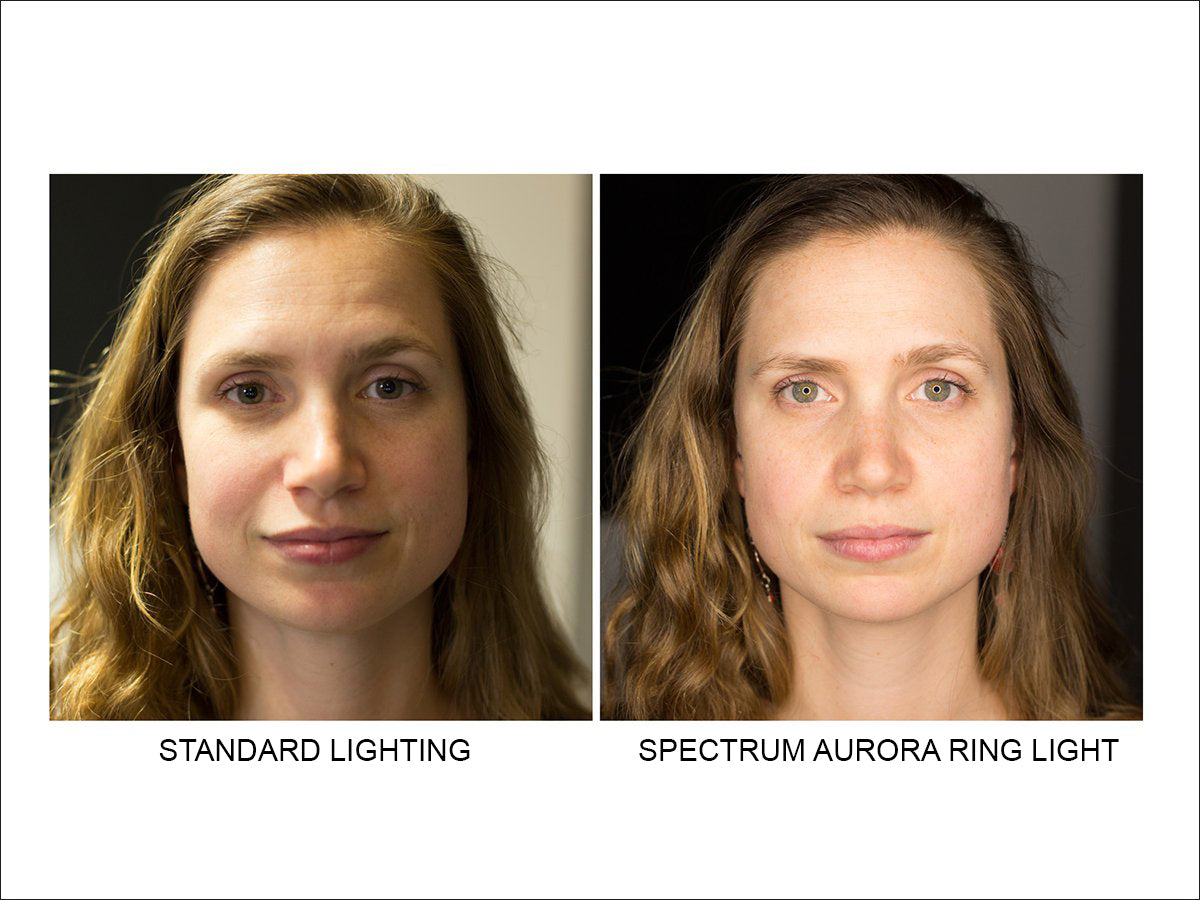Illuminating Beauty: The Essential Role of Lighting in Makeup Application
Related Articles: Illuminating Beauty: The Essential Role of Lighting in Makeup Application
Introduction
With great pleasure, we will explore the intriguing topic related to Illuminating Beauty: The Essential Role of Lighting in Makeup Application. Let’s weave interesting information and offer fresh perspectives to the readers.
Table of Content
- 1 Related Articles: Illuminating Beauty: The Essential Role of Lighting in Makeup Application
- 2 Introduction
- 3 Illuminating Beauty: The Essential Role of Lighting in Makeup Application
- 3.1 The Importance of Proper Lighting in Makeup Application
- 3.2 Types of Lighting for Makeup Application
- 3.3 Choosing the Right Lighting for Your Makeup Vanity
- 3.4 Tips for Optimizing Your Makeup Vanity Lighting
- 3.5 FAQs About Makeup Vanity Lighting
- 3.6 Conclusion
- 4 Closure
Illuminating Beauty: The Essential Role of Lighting in Makeup Application

In the realm of beauty and self-expression, makeup plays a pivotal role. From subtle enhancements to dramatic transformations, the application of cosmetics is an art form that requires precision and attention to detail. However, achieving flawless results hinges on one crucial element often overlooked: lighting.
A well-lit makeup vanity is not merely a luxury but a necessity for anyone who desires to apply makeup effectively. It provides the ideal environment for achieving a polished look, minimizing mistakes, and enhancing natural features. This article delves into the significance of lighting in makeup application, exploring its benefits, types, and essential considerations for creating a dedicated makeup space.
The Importance of Proper Lighting in Makeup Application
Adequate lighting is paramount for several reasons:
1. Accurate Color Perception:
Natural light is often considered the gold standard for makeup application, as it provides a balanced and true representation of colors. However, relying solely on natural light can be unreliable due to variations in time of day and weather conditions. Artificial lighting, when strategically chosen, can mimic the effects of natural light, ensuring accurate color perception. This is crucial for selecting the right foundation shade, blending eyeshadows seamlessly, and avoiding makeup mishaps.
2. Enhanced Visibility and Detail:
Proper lighting illuminates the face, revealing fine details and allowing for precise application. This is particularly important when dealing with intricate makeup techniques like eyeliner application, contouring, and highlighting. Bright and even illumination minimizes shadows and allows for a clear view of the face, minimizing the risk of uneven application or smudging.
3. Reduced Eye Strain:
Poor lighting can strain the eyes, leading to fatigue and discomfort. This can hinder the precision and focus required for makeup application. Adequate lighting reduces eye strain, allowing for a more comfortable and enjoyable makeup experience.
4. Creating a Professional Atmosphere:
A well-lit makeup vanity transforms a personal space into a mini-studio, fostering a professional and focused environment. This can be particularly beneficial for makeup enthusiasts who enjoy experimenting with different looks or aspiring makeup artists who need a dedicated space for practice and client consultations.
Types of Lighting for Makeup Application
Several types of lighting are commonly used in makeup application, each with its own advantages and disadvantages:
1. Natural Light:
- Pros: Offers the most natural and accurate color representation.
- Cons: Can be inconsistent due to variations in time of day and weather, and may be insufficient for detailed work.
2. Incandescent Lighting:
- Pros: Warm, flattering light that can be easily controlled with dimming switches.
- Cons: Can produce yellow tones, making it difficult to accurately assess color.
3. Fluorescent Lighting:
- Pros: Bright, cool light that is energy-efficient and long-lasting.
- Cons: Can cast harsh shadows and create a blue or green hue, distorting color perception.
4. LED Lighting:
- Pros: Energy-efficient, long-lasting, and available in a wide range of color temperatures, allowing for customization.
- Cons: Can be expensive, and some LED bulbs may produce a harsh, blue-white light that can be unflattering.
5. Mirror Lighting:
- Pros: Provides targeted illumination directly on the face, minimizing shadows and enhancing detail.
- Cons: May not provide sufficient overall lighting for the entire makeup application process.
Choosing the Right Lighting for Your Makeup Vanity
The ideal lighting for your makeup vanity depends on your individual needs and preferences. Consider the following factors when making your choice:
- Color Temperature: Warm white light (2700-3000K) is generally considered flattering for makeup application, while cool white light (4000-4500K) can be too harsh.
- Brightness: Ensure the lighting is bright enough to illuminate the face without creating glare or harsh shadows.
- Type of Bulbs: LED bulbs are generally the most energy-efficient and long-lasting option.
- Placement: Strategically place lights to avoid glare and ensure even illumination.
- Dimming Options: Consider lights with dimming capabilities for greater control over brightness.
Tips for Optimizing Your Makeup Vanity Lighting
- Combine Lighting Sources: Utilize a combination of natural and artificial light for a balanced and accurate representation of colors.
- Use a Mirror with Light: Choose a mirror with built-in lighting, such as LED or Hollywood-style bulbs, for targeted illumination.
- Experiment with Color Temperatures: Try different color temperatures to find what works best for your skin tone and makeup preferences.
- Adjust Lighting for Different Tasks: Use brighter lighting for detailed tasks like eyeliner application and softer lighting for overall makeup application.
- Consider Ambient Lighting: Ensure the surrounding room is adequately lit to avoid harsh contrasts and maintain a comfortable atmosphere.
FAQs About Makeup Vanity Lighting
1. What is the best type of lighting for makeup application?
The best type of lighting depends on individual needs and preferences. However, LED lighting is generally considered the most versatile option due to its energy efficiency, long lifespan, and wide range of color temperatures.
2. How many lights do I need for my makeup vanity?
The number of lights needed depends on the size of the vanity and the desired level of illumination. Generally, two to three lights are sufficient for most makeup applications.
3. Can I use my bathroom light for makeup application?
While a bathroom light can provide some illumination, it may not be ideal for makeup application due to its distance from the face and potential for harsh shadows.
4. How do I prevent glare from my makeup vanity lights?
Use matte finish bulbs or diffusers to minimize glare. Position lights strategically to avoid reflecting directly into the eyes.
5. Is it necessary to have a makeup vanity with built-in lighting?
A makeup vanity with built-in lighting provides convenience and targeted illumination. However, you can also create a dedicated makeup space with separate lighting fixtures.
Conclusion
Investing in proper lighting for your makeup vanity is an investment in your beauty routine. It enhances your ability to apply makeup with precision and confidence, allowing you to showcase your natural beauty and achieve the desired look with ease. By understanding the importance of lighting, exploring different types, and considering the factors outlined in this article, you can create a dedicated makeup space that illuminates your beauty and empowers you to express your unique style.




:max_bytes(150000):strip_icc()/cdn.cliqueinc.com__cache__posts__257469__best-powder-highlighter-257469-1526229957730-main.700x0c-05b89703289c42889ae47ce7f7ead12c.jpg)



Closure
Thus, we hope this article has provided valuable insights into Illuminating Beauty: The Essential Role of Lighting in Makeup Application. We hope you find this article informative and beneficial. See you in our next article!